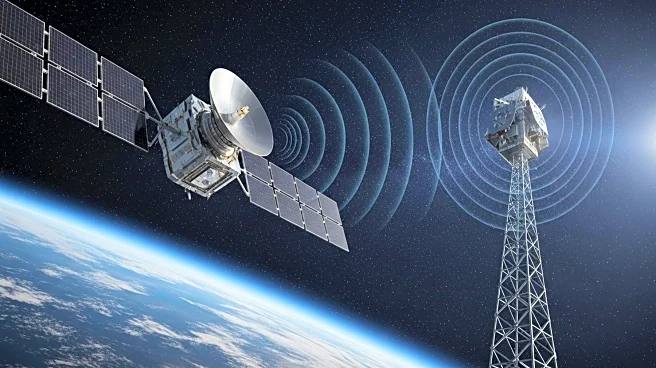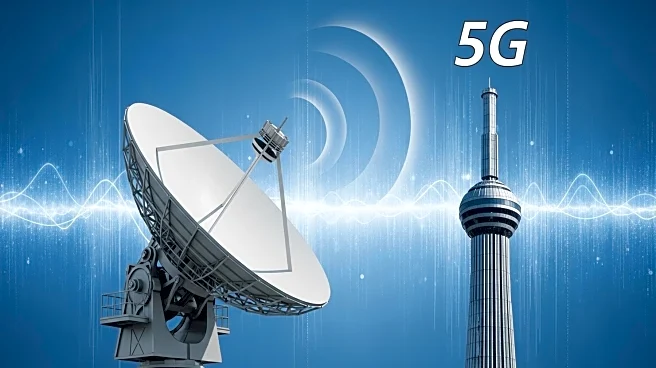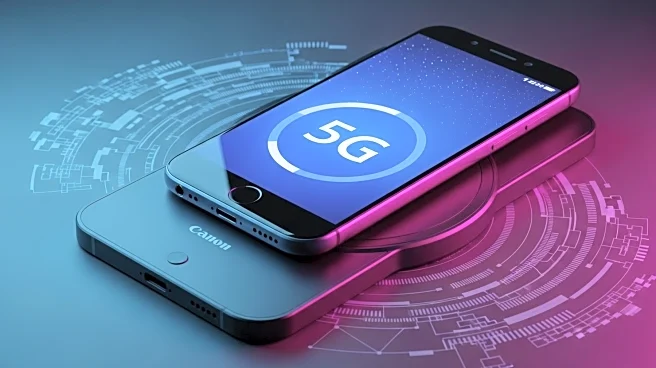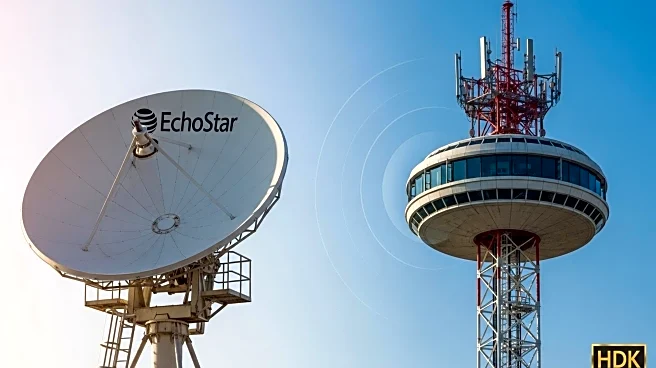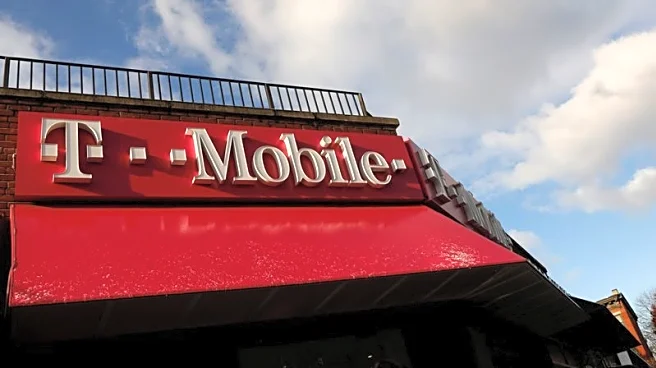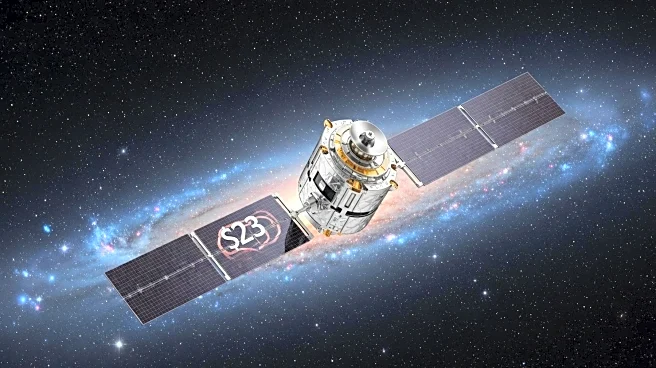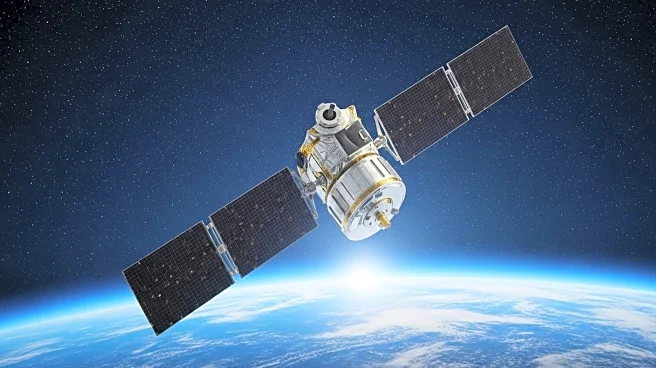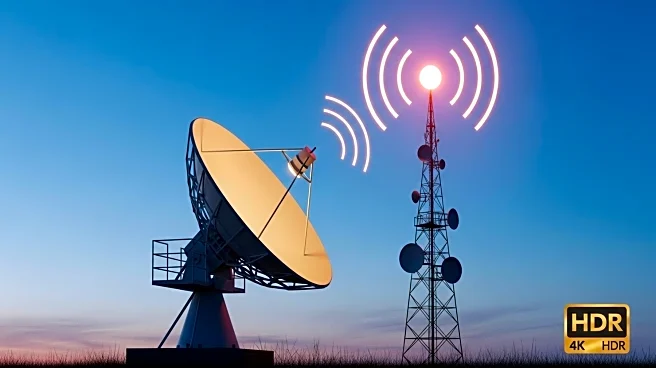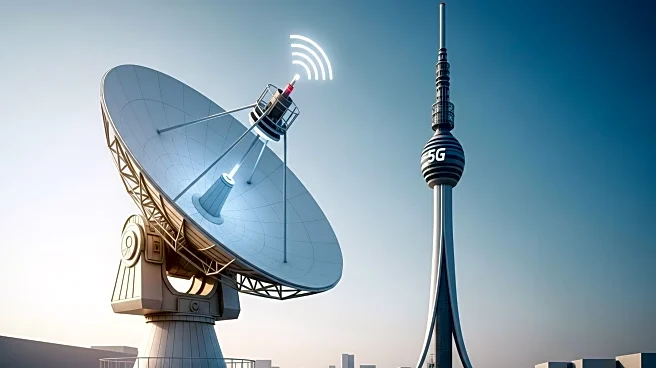What's Happening?
T-Mobile US has reported record-breaking Q2 2025 earnings, highlighting its dominance in customer acquisition and financial performance. The company added 1.7 million postpaid net customers and 830,000 postpaid phone net additions, marking the best Q2 performance in its history. Postpaid service revenue surged 9% year-over-year to $14.1 billion, with total service revenue reaching $17.4 billion. T-Mobile's aggressive investment in 5G, fiber, and satellite initiatives is paying off, with its 5G network now covering 36% of the U.S. landmass. The company is leveraging its 5G Advanced network, fiber broadband expansion, and satellite connectivity to outmaneuver rivals like Verizon and AT&T.
Why It's Important?
T-Mobile's strategic investments in 5G, fiber, and satellite connectivity position it as a leader in the telecom industry. The company's ability to innovate through AI-driven networks, satellite resilience, and competitive pricing ensures it will continue to outperform traditional competitors. T-Mobile's expansion into satellite connectivity, powered by SpaceX's Starlink, extends broadband access to rural areas, showcasing its resilience in critical scenarios. The company's growth strategy aligns with global trends in high-speed connectivity, making it a key player in bridging the digital divide and enhancing network reliability.
What's Next?
T-Mobile plans to continue its aggressive expansion in 5G, fiber, and satellite connectivity, with full-year capex guidance set at $9.5 billion. The company aims to add 100,000 net new fiber connections by year-end 2025, targeting 15 million locations through joint ventures. T-Mobile's upcoming investor conference presentations will likely emphasize its AI-driven network strategies, fiber expansion timelines, and satellite monetization plans. Executives are expected to highlight how T-Mobile's 'SuperMobile' initiative will redefine business connectivity, integrating 5G slicing, satellite coverage, and enterprise-grade security.


